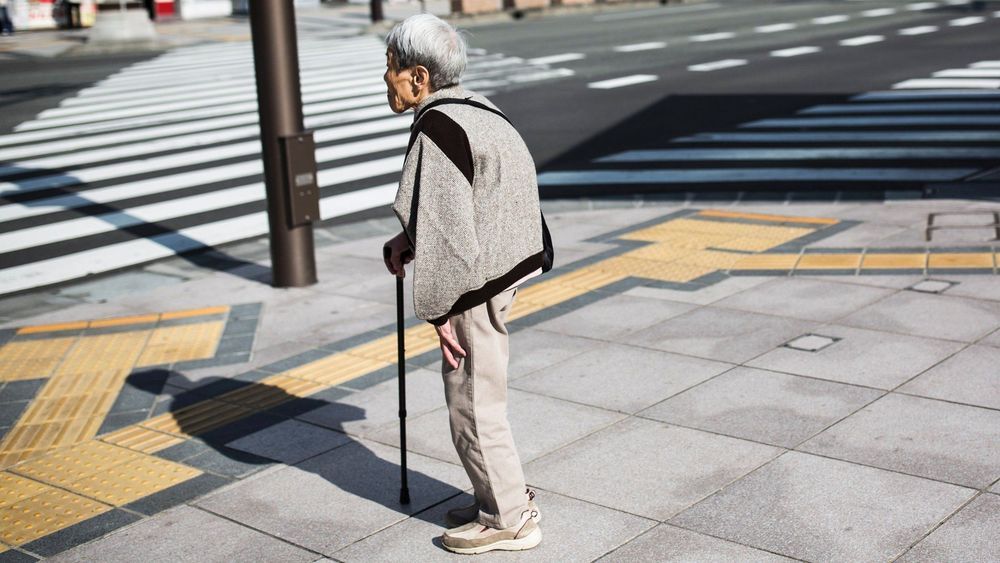A new song from activists of the movement for indefinite life extension is out, from the album Faultline Shift.
The song is called Philosophic Warfare. It is a contemplation of the dismal reality of being trapped by death and what it all means followed by a change to affirmation of beating it.
It is true, we are always on the climb. Having kicked the grim reaper off its mountain, it is now itself on the defense, struggling to match our force.
Category: life extension – Page 483
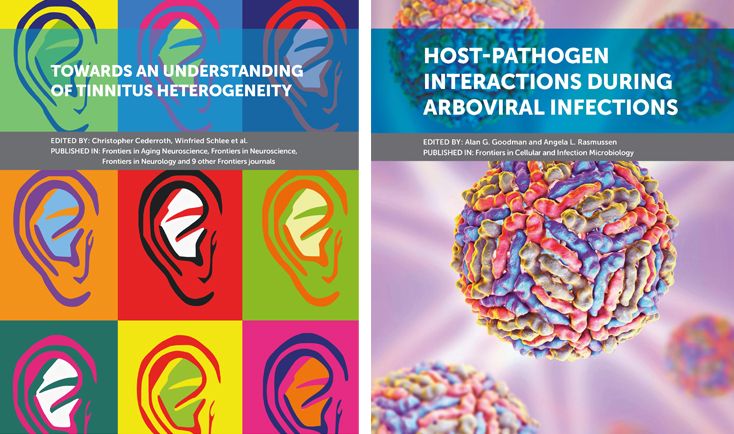
Frontiers eBooks published in July 2019
Fronteirs offers open access. If you want to read full publications this is the place to do so. #enjoy
Download this month’s new releases including the latest research collections on Tinnitus, Brain Aging, Arboviral Infections, and many more! All eBooks are free to download, share and distribute.
Shape the future of your field — and publish your own eBook — by editing an article collection around your research area. Learn more about Research Topics or submit your suggestion to [email protected]

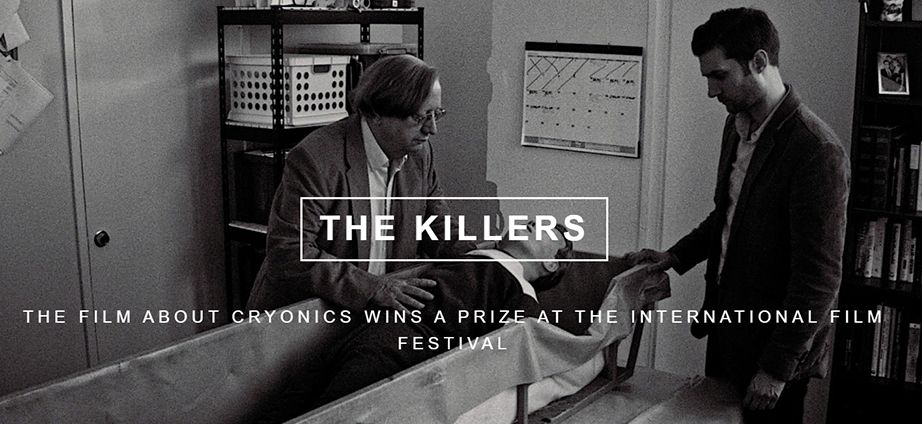
The film about cryonics wins a prize at the international film festival
The Killers, the short film about cryonics shot by Russian director Vlad Kozlov, who works in the USA, won a Best Director prize at the 37th Flickers: Rhode Island International Film Festival (RIIFF).
RIIFF is one of the most important international film festivals supporting independent filmmakers. The festival has been held annually since 1982 during the second week of August and lasts six days. Its main goal is to discover new talents of independent cinema. More than 5,426 independent films selected from more than 68,000 received applications were presented to the public during the time of existence of the festival. In 2019, 321 films from 51 countries were presented at the festival, which was held from August 6 to August 11 in Rhode Island, USA.
Cryonics as the central element of the plot was shown in a film of this level for the first time. The main roles in the film are played by world-famous actors such as Sherilyn Fenn (Twin Peaks) and Franco Nero (Django). The role of Max, the main character, was played by a young and promising American actor Jeff DuJardin, who had previously worked with Vlad Kozlov on the set of Silent Life, the film about the star of silent film Rudolf Valentino. The producers of the film are Vlad Kozlov, Natalia Dar, Yury Ponomarev, Dmitry Pristankov and David Roberson.
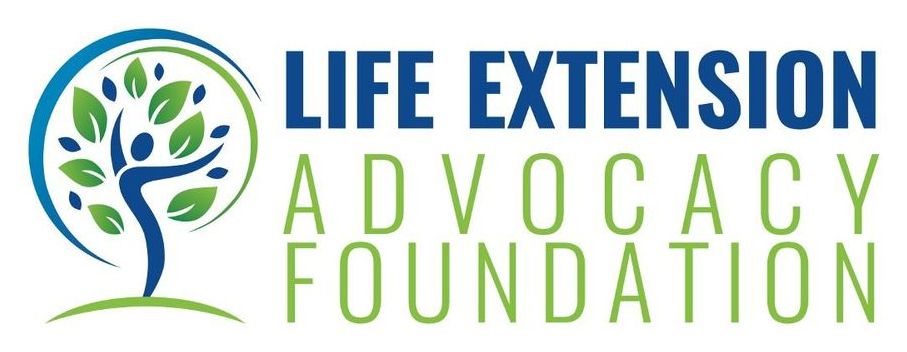
Nothing found for Boosting Nad Improves Age%25E2%2580%2590Related Hearing Impairment In Mice
Today, we want to spotlight a recent study showing that boosting nicotinamide adenine dinucleotide (NAD+) levels in mice prevents age-related hearing loss.
What is β-Lapachone?
β-Lapachone is a quinone-containing compound that was originally isolated from the lapacho tree in South America. It is worth noting that this tree has been used as a herbal medicine for a number of South and Central American indigenous peoples and that the bark of the tree is sometimes used for making a herbal tea called taheebo.
Biohacking: Why I’ll live to be 180 years old
From computer hacking to biohacking, Dave Asprey has embarked on a quest to reverse the aging process.

Immortality through mind uploading
In the 2015 movie “Chappie”, which is set in the near future, automated robots comprise a mechanised police force. An encounter between two rival criminal gangs severely damages the law enforcing robot (Agent 22). His creator Deon recommends dismantling and recycling the damaged police droids. However, criminals kidnap Deon and force him to upload human consciousness into the damaged robot to train it to rob banks. Chappie becomes the first robot with the human mind who can think and feel like a human. Later, in the movie when his creator Deon is dying, it’s Chappie’s turn to upload Deon’s consciousness into a spare robot through a neural helmet. Similarly, in the “Avatar” a 2009 Hollywood science fiction, a character in the film by name Grace connects with Eiwa, the collective consciousness of the planet and transfers her mind to her Avatar body, while another character Jake transfers his mind to his Avatar body rendering his human body lifeless.
Mind uploading is a process by which we relocate the mind, an assemblage of memories, personality, and attributes of a specific individual, from its original biological brain to an artificial computational substrate. Mind uploading is a central conceptual feature of many science fiction novels and films. For instance, Hanson’s book titled “The Age of Em: Work, Love and Life when Robots Rule the Earth” is a 2016 nonfiction book which explores the implications of a future world when researchers have learned to copy humans onto computers, creating “ems,” or emulated people, who quickly come to outnumber the real ones.
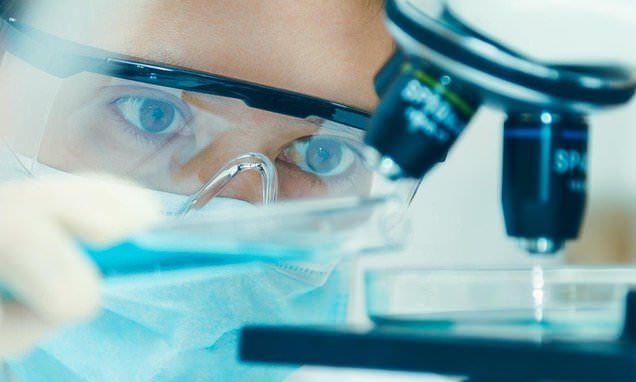

Juvenescence Secures $100M for Rejuvenative Therapies
It seems that billionaire biotech investor Jim Mellon is the flavor of the month as he continues the drive to create a rejuvenation biotech industry. Jim and his colleagues at Juvenescence have announced that they have secured another $100M for the company, and it will be used to invest and support the growth of promising biotech companies working in this field.
Juvenescence has a varied investment portfolio of companies that range in potential usefulness, depending on your point of view, and they mostly favor the more traditional small molecule drug approach. There are a few companies that are of particular interest.
